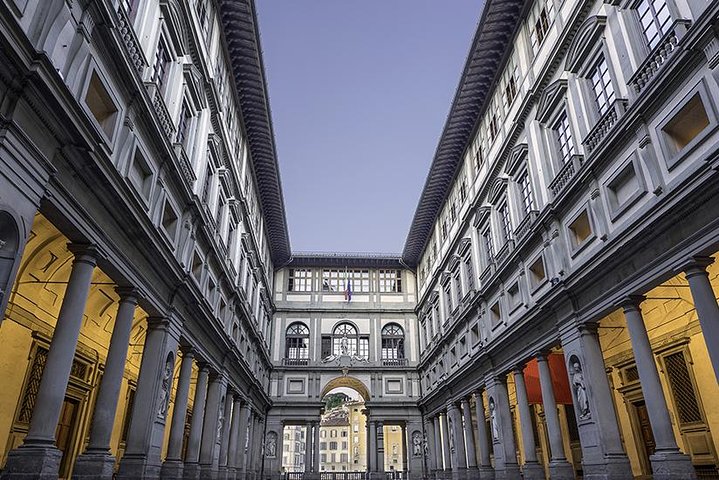Michelangelo’s David: A Timeless Encounter in Florence
In the heart of Florence, I embarked on a private tour of the Accademia Gallery, eager to witness the legendary Michelangelo’s David. This intimate experience promised a journey through art and history, revealing the secrets of the Renaissance.
A Stroll Through Time: The Accademia Gallery
As I stepped into the Accademia Gallery, the air was thick with anticipation, a palpable sense of history that seemed to whisper through the marble halls. Florence, a city that has long been a muse for artists and dreamers alike, was about to reveal one of its most cherished secrets to me. The private tour promised an intimate encounter with Michelangelo’s David, a masterpiece that has transcended time and space to become a symbol of human potential and artistic genius.
Our guide, an art historian with a passion that rivaled the Renaissance itself, led us through the gallery with a narrative that was as rich and textured as the artworks that surrounded us. The anticipation built as we approached the central exhibition, where David stood in all his glory. Carved from a single block of Carrara marble, the statue’s 17-foot frame seemed to breathe with life, each muscle and sinew captured with an artist’s precision.
The guide’s insights into Michelangelo’s process and the historical context of the statue added layers of depth to the experience. It was as if David himself was whispering the secrets of the Renaissance into our ears, a silent guardian of Florence’s storied past. The gallery, with its collection of unfinished Michelangelo sculptures and religious paintings, offered a glimpse into the mind of a genius, a journey through the evolution of art itself.
The Allure of Michelangelo’s Mastery
Standing before David, I was struck by the sheer audacity of Michelangelo’s vision. Here was a young artist, barely in his twenties, who dared to challenge the conventions of his time and create something that would endure for centuries. The statue’s gaze, both serene and defiant, seemed to pierce through the ages, a testament to the enduring power of art to capture the human spirit.
Our guide’s commentary was a symphony of knowledge, weaving together the threads of history, art, and culture into a tapestry that was as vibrant as the city itself. As we moved through the gallery, the unfinished sculptures of I Prigioni and San Matteo offered a fascinating contrast to the perfection of David. These works, with their raw, unpolished surfaces, spoke of the artist’s struggle, the eternal dance between creation and destruction.
The Accademia Gallery, with its collection of works by Botticelli, Paolo Uccello, and Andrea del Sarto, was a treasure trove of artistic brilliance. Each piece, a window into a different era, a different world, yet all connected by the unifying thread of human creativity. It was a reminder that art, like wine, is a reflection of its time, a distillation of the human experience into something tangible and eternal.
A Journey Beyond Art
As the tour concluded, I found myself lingering in the gallery, reluctant to leave the embrace of history and art. The experience had been more than just a tour; it was a journey through time, a dance with the ghosts of the past. Florence, with its cobblestone streets and sun-drenched piazzas, had once again captured my heart, a city that never ceases to inspire and delight.
The Accademia Gallery, with its intimate setting and unparalleled collection, had offered a glimpse into the soul of the Renaissance, a reminder of the power of art to transcend the mundane and elevate the human spirit. It was a fitting tribute to a city that has long been a beacon of creativity and innovation, a place where the past and present coexist in perfect harmony.
As I stepped back into the bustling streets of Florence, the taste of the city’s culinary delights still lingered on my palate, a reminder that art and food are but two sides of the same coin, each a celebration of life in its purest form. The Accademia Gallery had been a feast for the senses, a journey that I would carry with me long after I had left its hallowed halls.













































